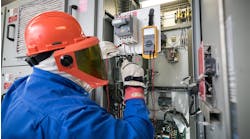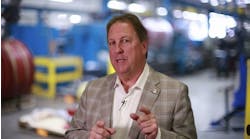In many design, installation, and maintenance situations there are compelling reasons to exceed the NEC requirements. But if it makes sense to exceed the NEC requirements, why aren’t the requirements written so this issue never comes up?
In its introduction, the NEC specifically states: “This Code is not intended as a design specification....” [90.1(A)]. Its focus is on safety [90.1(B)], not on optimal operation, maximum reliability, or even efficiency.
A common reason for exceeding the NEC requirements is that the minimum for safety is not necessarily efficient. Applying good engineering practices and judgment, you can get your efficiency. But in many cases, you will have to exceed the NEC requirements to do so. For example, something as simple as exceeding the NEC receptacle requirements for a work area can make a big difference in operational efficiency.




